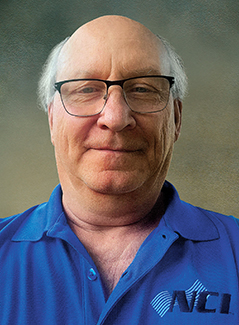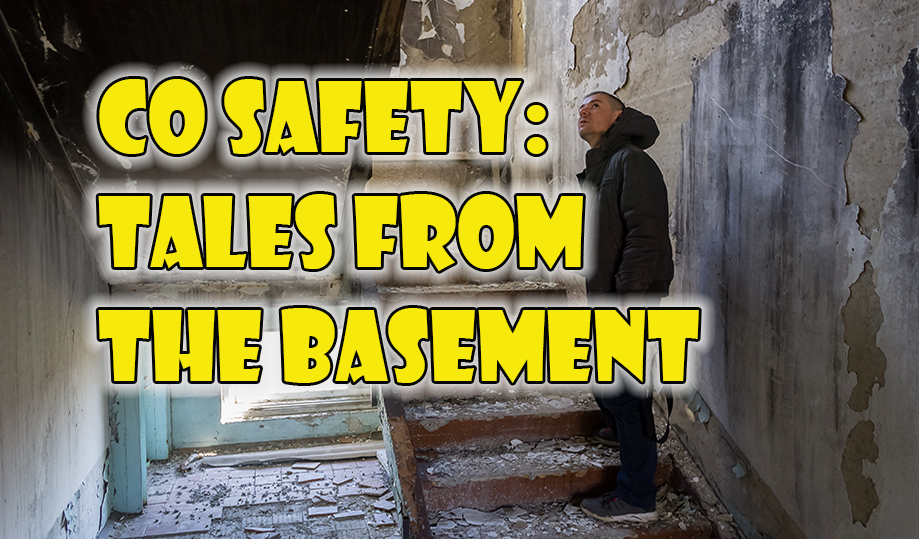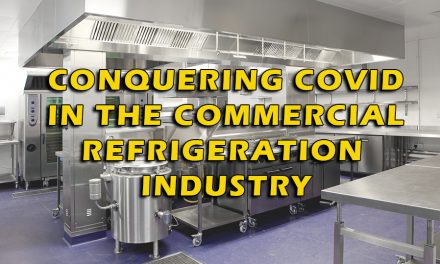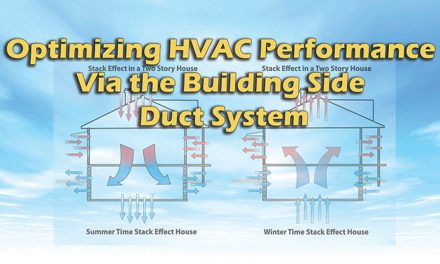My journey toward understanding combustion efficiency and carbon monoxide (CO) safety began years ago when I first met Jim Davis before he joined the National Comfort Institute (NCI) team.

In those early days, society developed a strong focus on the CO issue because of some headline news stories about homeowners and their children who died from it. Those tales were pervasive. Yet, it seems to me that over the years, that emphasis has faded.
However, the issue has NOT gone away. It may be worse than ever. As an industry, we must press the importance of CO testing — not so much remediation, but more on identifying sources.

Plumbing-Heating-Cooling
Contractors of Massachusetts
website, says it all. Shouldn’t the
HVAC trades also be considered a protector of the nation’s health?
That is the difference between now and then. As we’ve learned more about testing and measuring combustion and how CO spillage happens, we know that it is equally important to discover the actual sources of that spillage and then offer solutions that will keep customers safe.
Common Ignorance Pervades
Ignorance led to tales of broken pipes and cracked heat exchangers. In the early days, Jim Davis encountered much push back from gas appliance manufacturers, distributors, and utilities as he tried to discover the real sources of these issues. They didn’t like anyone talking about combustion appliances being unsafe. Though that attitude today has changed, a lot of misunderstanding and misinformation is still prevalent.
Let me be clear: I fully support advancing technology. However I see one consequence of these advancements as contributing to taking away critical thinking skills required for proper diagnostics in the field.
I see more people paying more attention to getting refrigeration levels and airflow correct. These are all essential things, but nobody will die from not having the correct CFM coming out of a six-inch round duct run.
On the other hand, any combustion appliance touched by an HVAC contractor or plumber has all the ingredients for a significant catastrophe, including death.
So, how do we counter this common level of ignorance? The answer is better training and better tools.
Changing Our Outlook
In the combustion training classes I teach, it always amazes me how attendees become slack-jawed at how much they don’t know or how much of what they thought they knew was wrong.
They often leave class fired up and ready to better the world, only to return to their companies, where the owners are more focused on selling boxes and don’t support the techs in their bid to implement what they learned.
Click Below for the Next Page:













Recent Comments